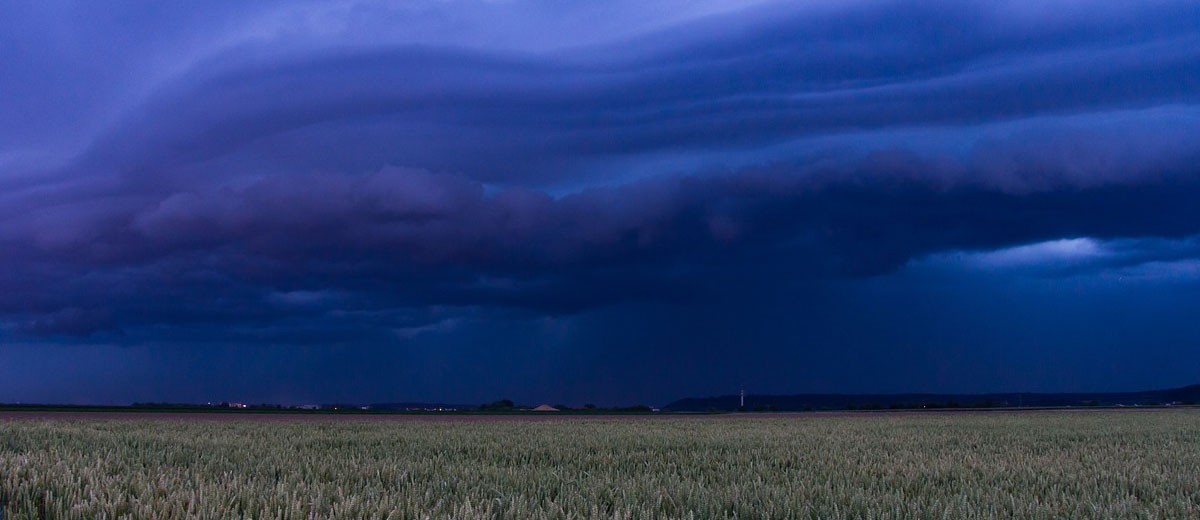The flash of lighting, the crackling crash of thunder, the pounding of hail and the roar of wind—Kindersley and its area is no stranger to summer storms, and the month of July marks a heightened chance of one of these powerful systems affecting our area.
Miguel de Cervantes famously said, “Forewarned, forearmed; to be prepared is half the victory,” use the acronym WEATHER to make sure your household is ready for our infamous Saskatchewan weather.
- Watch Weather Forecasts. Reliable weather trackers, such as Environment Canada will issue watches and warnings for severe weather, but it is important to know the difference between a watch and a warning. A watch is merely a precaution, alerting the public that a particular hazard is possible, i.e., conditions make the weather likely to happen. A warning indicates that a particular weather hazard is either approaching or has been reported to be happening in your area. A warning tells the public of the need to take action to protect life and/or property.
- Emergency plans should be in place and emergency kits should always be on hand during this season. Emergency kits can be as simple as putting critical items like non-perishable food, water, flashlights, cash, and warm clothing in one area that is quick to access. A simple emergency plan is knowing where to go and who to call if you are in danger. For more information, visit kindersley.ca/ourcommunity/emergencyservices/emergencypreparedness
- Assume danger and be prepared for it. Underestimating the force of nature is one of the leading causes of death during severe weather. Just take a look at the number of fatalities during Eastern Canada’s heat wave last month.
- Take cover. According to the Canadian Safety Council, lightning takes an average of 10 Canadian lives every year and seriously injures 100 to 150 people. A good rule of thumb to remember is if you can hear thunder, you are within striking distance and are considered to be in the high danger zone. Lightning.is attracted to metal, and/or prominent objects, so crouch down (don’t lie down!) if you are caught in the open, and avoid taking shelter under isolated objects.
- Head indoors and stay away from windows. While filming hail during a storm is tempting, remember that hail can range from 0.5 cm to 10 cm in diameter and can hit object at speeds as high as 130 km/h. It is good practise to stay away from windows and avoid walking outside during a hailstorm.
- Evaluate during the storm. Large thunderstorms can and have produced tornados, so it is best to keep an eye out for the potential development of tornados. If you suspect one, be sure to follow precautions:
- -Head to the lowest level of a sturdy building and stick to the middle of the structure
- -Stay away from exterior walls and windows
- -Close all doors and windows
- -If you are in a multi-storey building get towards the centre of the building and to the lower floors if possible
- -If you are in a mobile home, head to the nearest sturdy shelter
- -If you are outside without shelter, lie flat in a ditch, ravine or low-lying area and shield you head and neck with your arms
- Resume activity only when safe. Wait 30 minutes after the last clap of thunder before resuming your outdoor activities. Drive with caution after a storm, watching out for downed power lines or trees and for scattered debris.
For the latest information and for more updates on everything Kindersley ‘Like’ the Kindersley Social Facebook page below…
